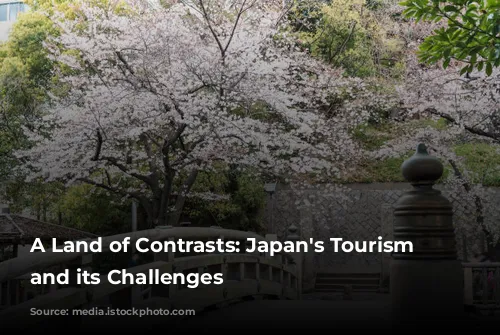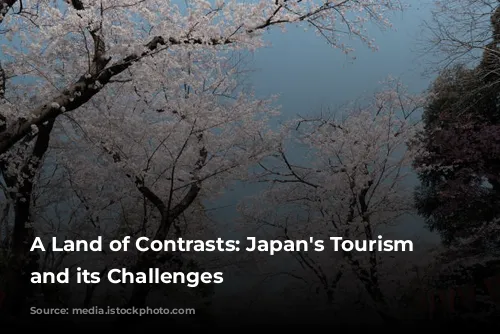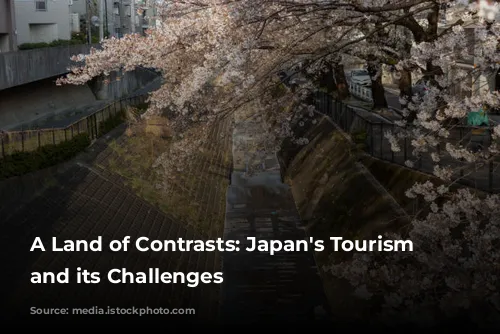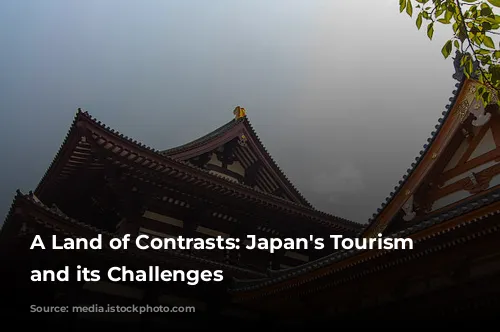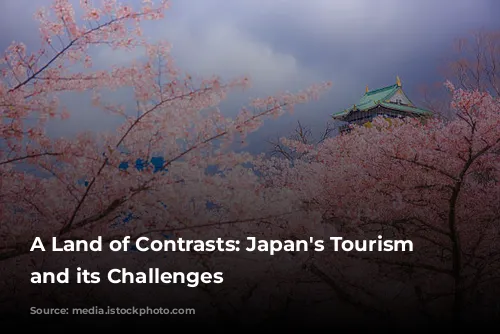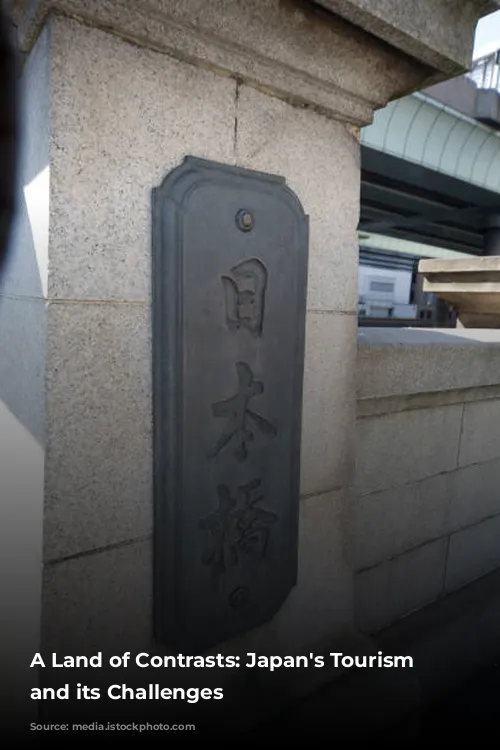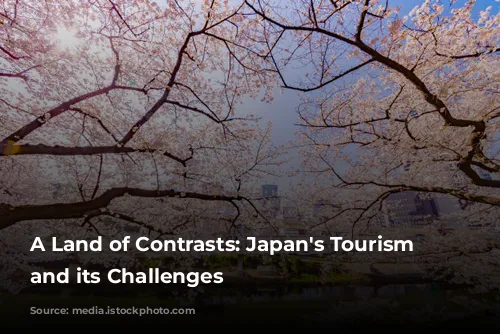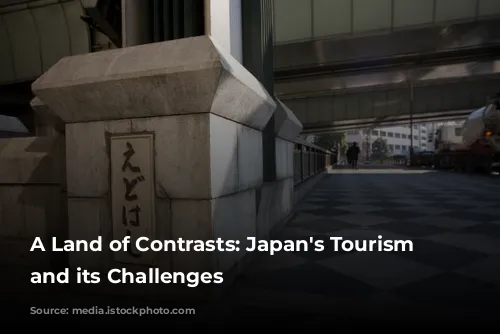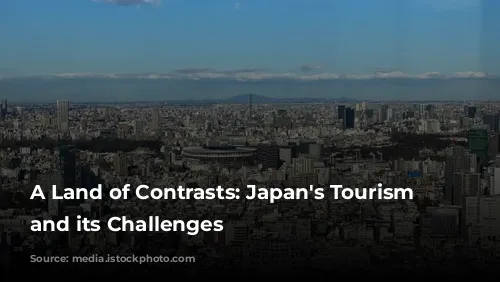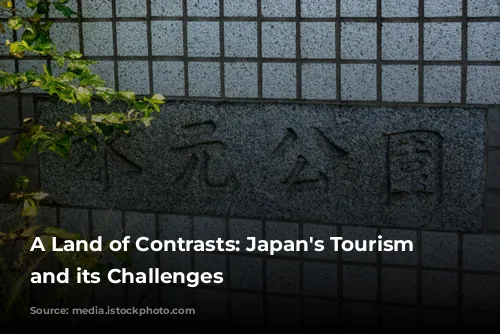Japan’s recent tourism boom has drawn in visitors from all corners of the globe, from A-list celebrities like Oprah and Beyoncé to everyday travelers. This influx of tourists has brought both economic benefits and unexpected challenges, demanding careful consideration from policymakers.
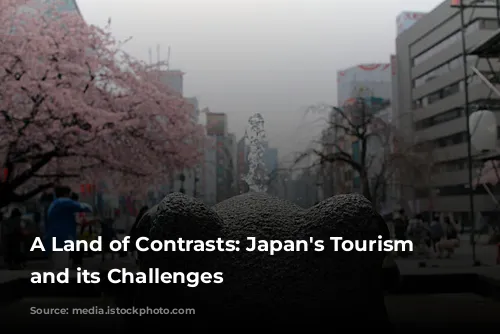
A Golden Route with a Price Tag
The rise in tourism has pushed up land prices in major cities like Tokyo, Kyoto, and Osaka, as the demand for luxury accommodations grows. A report from NHK highlights this trend, underscoring the economic impact of tourism. However, the surge in visitors has also brought about unforeseen consequences, creating a strain on local communities.
Incidents of disruptive behavior by tourists have become more frequent, leading to measures like the construction of a barrier to shield the iconic view of Mount Fuji from tourists and a law restricting visitors from the Gion district of Geisha. These actions are a reflection of the growing tension between the desire to embrace tourism and the need to protect local culture and heritage.
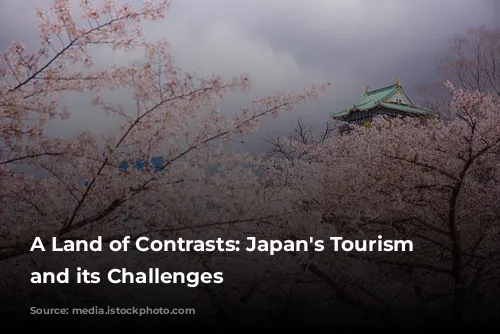
A Yen for Japan: A New Era of Accessibility
The weakening of the yen against the U.S. dollar has made Japan a more affordable destination for travelers, especially those from Southeast Asia. In February 2024, a notable surge in visitors from countries like Indonesia, Malaysia, and the Philippines demonstrated this newfound accessibility.
Japan’s allure lies in its rich cultural heritage, breathtaking landscapes, and renowned hospitality, attracting visitors from around the world. However, navigating the intricacies of Japanese transportation and communication has traditionally presented challenges. The advent of smartphones and social media has revolutionized travel experiences, making solo trips and family vacations more feasible and increasing overall accessibility.
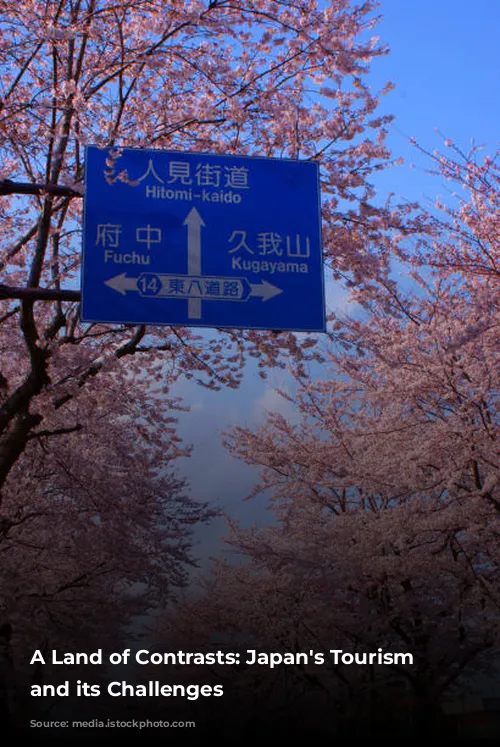
Navigating the Surge: Overcrowding in Japan’s Tourist Hubs
Recent reports from Nikkei Asia highlight a growing concern: popular tourist hubs like Kyoto, Kamakura, and Mount Fuji are grappling with a surge in overtourism.
To gain deeper insights into this issue, we spoke with two leading Japan tourism and hospitality experts: Masaru Takayama, Chairperson at Asian Ecotourism Network and a Kyoto resident, and Atsunori Ito, Operating Team Manager at Hotel Management Japan and a Tokyo resident.
Takayama emphasizes the concentrated influx of visitors along Japan’s renowned Golden Route and major attractions. This trend, coupled with the limited growth of tourism infrastructure in rural destinations, has resulted in an uneven distribution of tourists, with popular hubs experiencing overcrowding while other areas remain relatively untouched.
Ito acknowledges the capacity of Kyoto’s hotel sector to handle high volumes of tourists, but notes that recent peak seasons have stretched resources. He also highlights the critical issue of traffic congestion and overcrowding on public transportation in Kyoto.
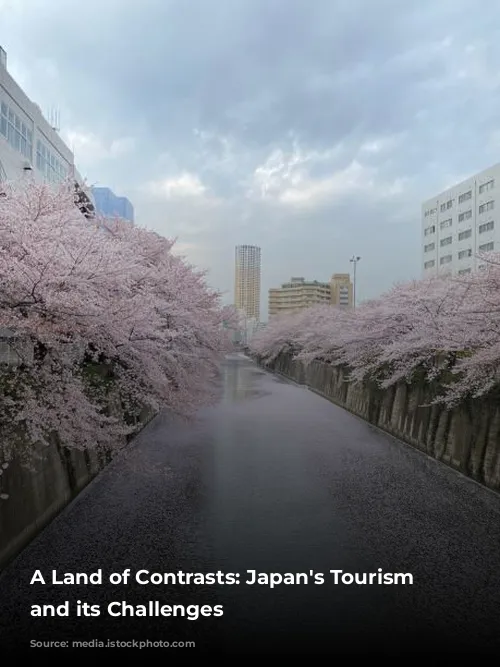
Preserving Japan’s Allure: A Call for Responsible Tourism
Takayama raises concerns about the displacement of Kyoto’s local residents, pointing to instances where restaurants fully booked with tourists adjust their menus and prices to cater to this demand, inadvertently pricing out locals. He also notes the increasing trend of property owners converting properties into guesthouses for supplementary income, driven by soaring land prices in tourist-favored cities.
Takayama urges travelers to explore beyond the Golden Route, venturing into lesser-visited places to enjoy a richer cultural and natural experience and help disperse crowds. Ito stresses the importance of responsive governance at local and national levels, advocating for inclusive tourism policy-making that prioritizes the needs and concerns of residents and businesses.
To alleviate overcrowding during peak seasons like cherry blossom season, Ito suggests promoting off-peak travel through incentives or events. This strategy, built on educating visitors on responsible and culturally appropriate travel practices, may prove challenging due to the diverse values, beliefs, and habits of travelers from around the world. However, it is vital to preserve Japan’s allure and integrity, not just for the sake of the country, but also for the wellbeing of the tourism industry itself.
Japan’s experience offers valuable lessons for other destinations grappling with overtourism, demonstrating the complexities of managing tourism’s impact on local communities and the importance of responsible and sustainable practices. By embracing a collaborative approach that balances the needs of tourists and residents, Japan and other destinations can navigate the challenges of tourism and ensure a positive impact on local communities and the environment.
